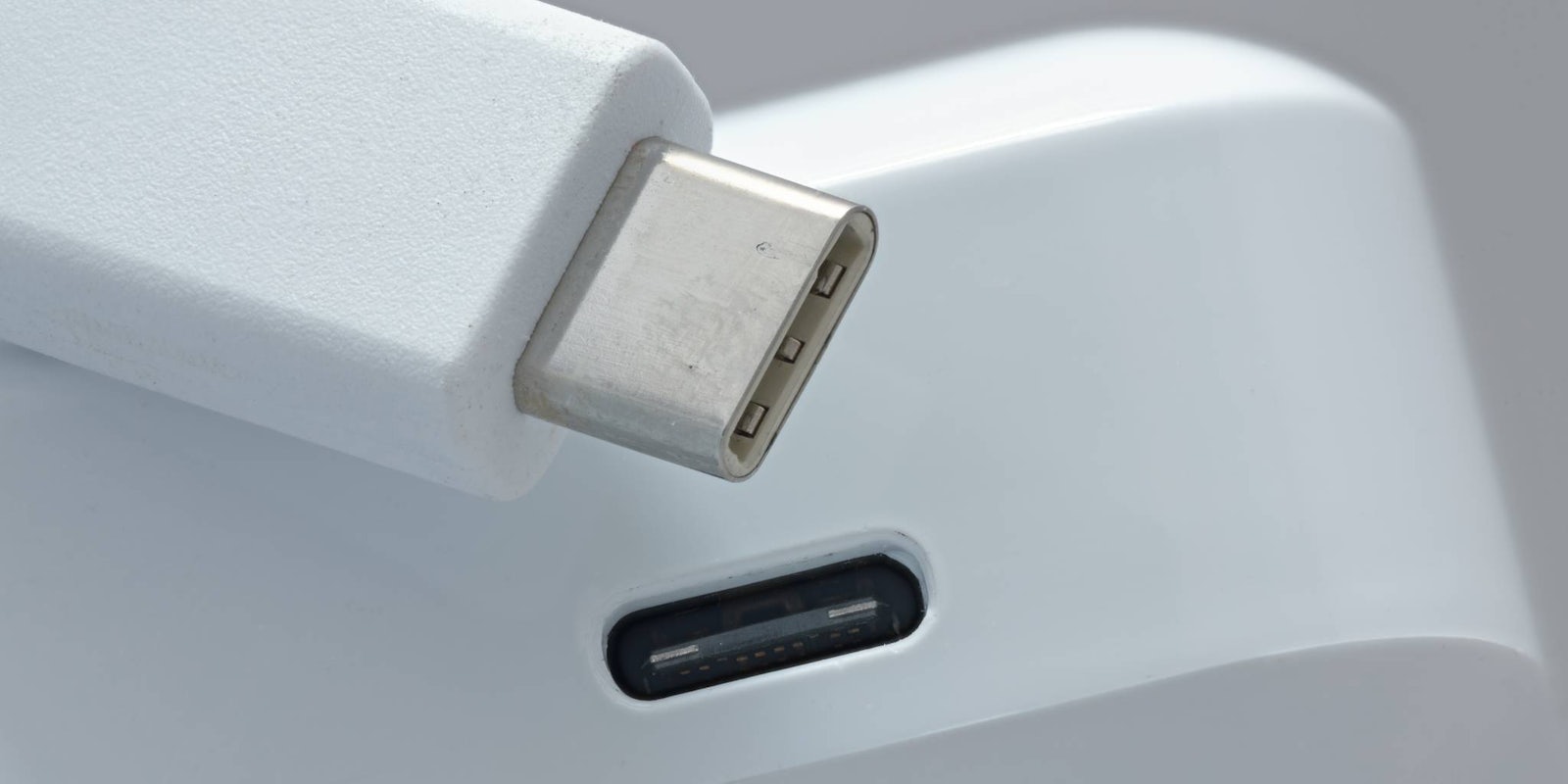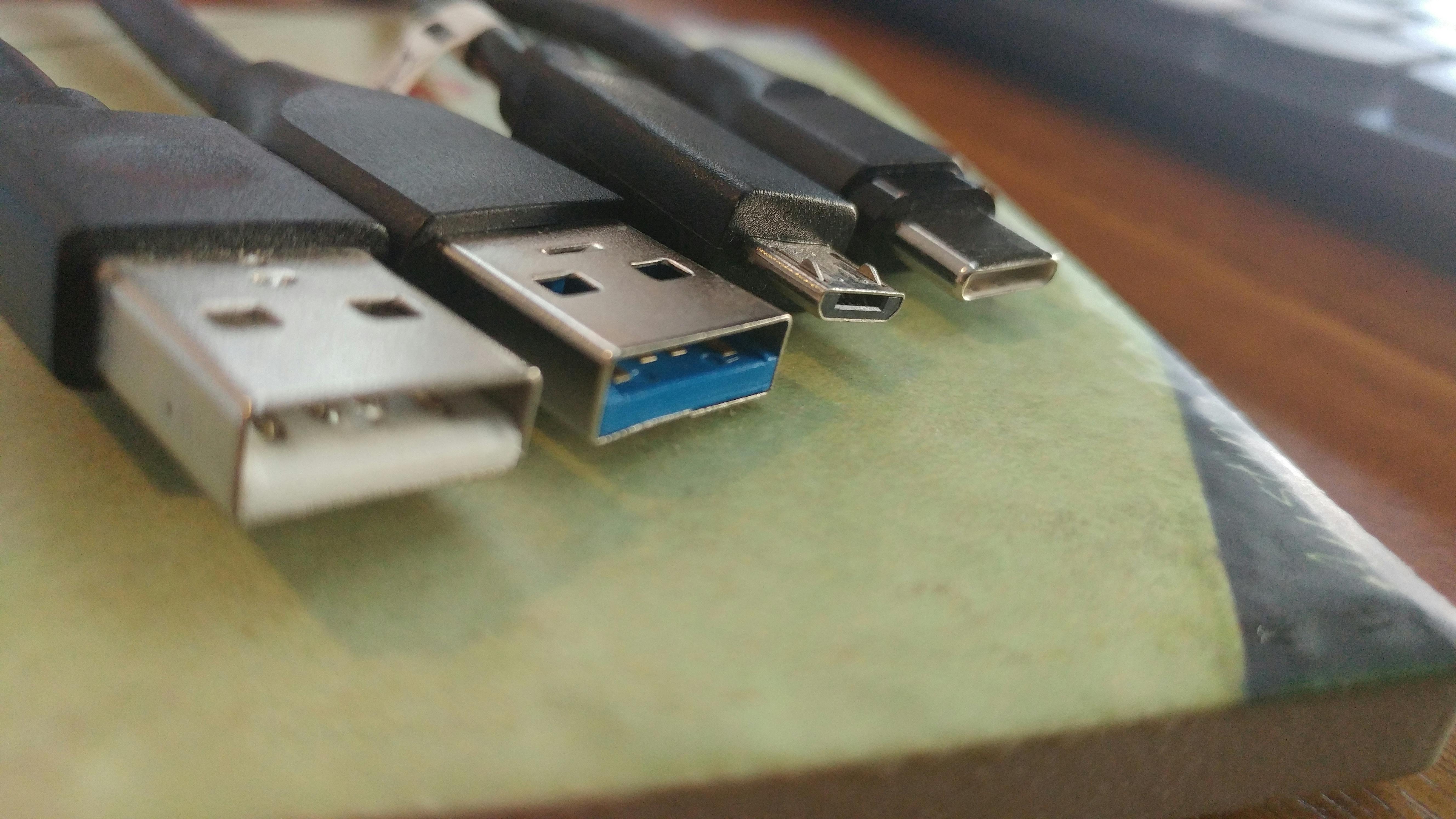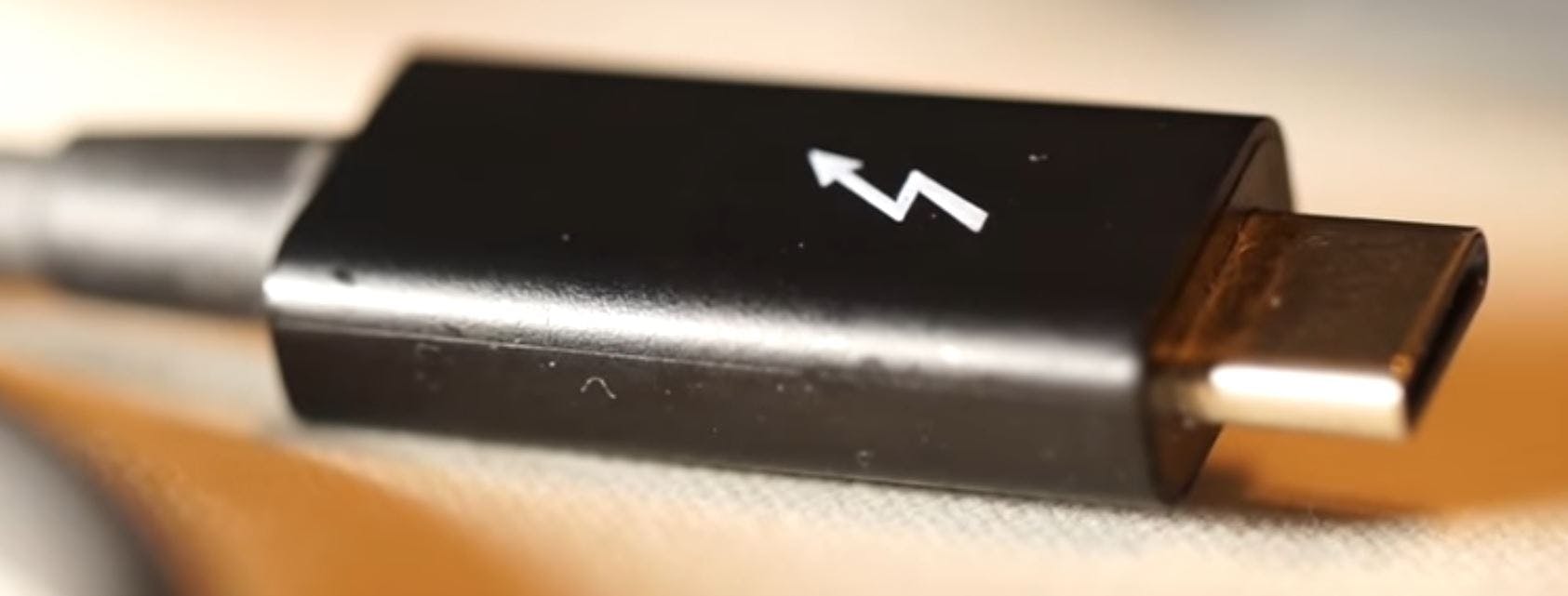As the new USB type attempts to replace millions of old charging components, the world of ports has quickly transformed into a sea of version numbers and cable designs.
It’s a lot to untangle, especially if you’re looking to upgrade your devices or buy a new charging cable.
Before we compare USB 3.1 and Thunderbolt 3—the latest technologies quickly becoming popularized in new devices—we need to talk about USB Type-C (or USB-C). If you’re familiar with different connector types, feel free to skip on down to the USB 3.1 vs. Thunderbolt 3 section.
The new house
You’ve probably heard of the USB-C port and how quickly it can charge your phone and laptop. It’s one of the most touted features in recently released devices and has slowly become a mandatory addition. If you haven’t heard of it, USB-C is the direct successor and replacement to USB-A (found on laptops, consoles, TVs, etc.) and Micro-USB (smartphones) connectors.
USB-A is what you’ve been using for years. When you think of USB-A, micro-USB, and now USB-C, don’t think speeds or capabilities – just looks – the physical shape of the port.
Here’s an image of USB-A and its smaller smartphone sibling micro-USB next to the new connector meant to replace them both, USB-C.
There is one more very important layer: Each of these connectors uses USB and/or Thunderbolt technology standards, or a set of specifications that determines how things function. Those standards might look familiar: USB 1.x, USB 2.0, USB 3.0, USB 3.1 or Thunderbolt 1, 2, and 3.
We’ll start with the good news: USB Type-C is backward compatible with earlier USB standards. The bad news: the redesign means if you want to connect to an older device, you’ll have to use an adapter.
Now that we know a little more about USB Type-C housing, it’s time to compare the two competing standards that are enabled by this single connector.
USB 3.1 vs. Thunderbolt 3
There are two different standards for the USB-C connector: USB 3.1 and Thunderbolt 3.
USB-C houses the latest USB 3.1 technology standard, which, for the first time, is able to charge both a laptop and smartphone with a maximum power output of 100 watts or 20 volts, or four times the charging output of its predecessors USB 3.0 and 2.0.
USB 3.1 is also capable of double the data transmission rate (10 Gbps) of USB 3.0, which was the last standard housed in the USB Type-A connector.
USB’s counterpart, Thunderbolt, now also uses the USB-C connector and is a superset that includes USB 3.1, DisplayPort 1.2, PCI Express Gen 3, and the Thunderbolt specs. It retains the charging and data transferring capabilities of USB 3.1, but it also adds the ability to connect to peripheral and establish peer-to-peer networking.
The best way to visualize this superset standard is by thinking of Thunderbolt 3 as a very large circle with a bunch of smaller ones inside. USB 3.1 is one of those smaller circles, alongside HDMI and DisplayPort compatibility for support of 4K and 5K displays.
Thunderbolt 3 is really fast, transmitting at a whopping max transfer rate of 40Gbps. That makes it four times faster than USB 3.1, eight times faster than USB 3.0, and twice as fast as Thunderbolt 2.
To put that into perspective, one hour of 4K GoPro footage would be transferable across Thunderbolt 3 in less than one minute. Its raw power also allows it to connect to two 4K monitors at once, and it can interface with RAID hard drive systems and external graphics cards.
Buying advice
Now for some buying advice, but first, a little square-versus-rectangle metaphor: You can connect any USB Type-C cable to any Thunderbolt port and achieve speeds based on the cable type. And since it uses USB-C, Thunderbolt 3 ports now also support the millions of legacy USB devices out there (with an adapter, of course). However, not all Type-C ports support Thunderbolt 3; they must specifically contain a Thunderbolt 3 port, not just USB-C.
When buying a new gadget, first see if it is equipped with a USB-C port. From there, determine if that USB-C port is also Thunderbolt compatible by looking for the Thunderbolt icon (below), or flipping through the product’s spec sheet.
If it is, you are on your way to owning the port to end them all (until the next one, of course). If it isn’t, that’s OK. USB 3.1 is still a significant upgrade to older standards as long as you purchase a good quality USB-C cable.
On the cable side, Thunderbolt 3 are few and far between, and those that do exist cost a hefty amount of money. There are also a few different types that add to the things to look out for: Active Thunderbolt 3 cables support Thunderbolt at 40Gbps data transfer at lengths of up to two meters, whereas passive lower cost cables are “only” capable of 20Gbps data transfer at one or two meter lengths, but can achieve the full 40Gbps at a shorter cable length of half a meter.
A standard USB-C cable or adapter, which costs between $5 and $10 each, will be more appropriate for most people since few external peripheral (and no smartphones) come with Thunderbolt 3 ports (unless you’ve shelled out a grand for LG’s 5K monitor).
Most importantly, make sure you purchase a high-quality USB-C cable from a reputable manufacturer, and make sure you aren’t overpaying for an old USB standard.
Whether through Thunderbolt 3 or USB 3.1, the USB Type-C connector is here to stay. For some, it’s the frustrating hole in the side of their device that requires the purchase of those easy-to-lose adapters. But like a newly built highway in a congested city, USB-C will grow to become a savior for the massive amounts of data we increasingly require.




